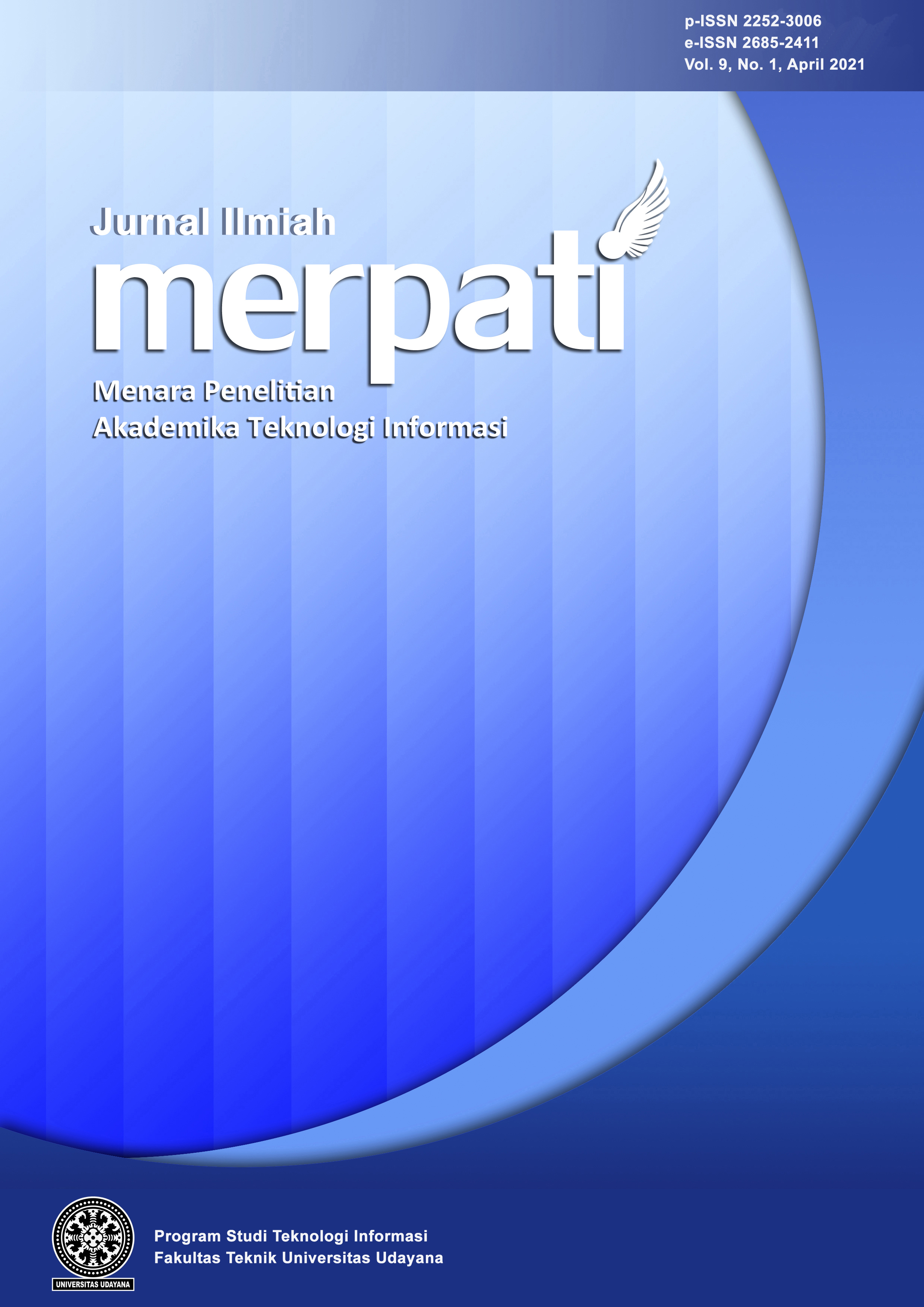Comparison of Support Vector Machine and K-Nearest Neighbor for Baby Foot Identification based on Image Geometric Characteristics
Abstract
Biometric recognition of infant identification systems is critical in security access for identification and verification systems. However, until now, hospitals or health centres in Indonesia still use conventional biometric identification, such as stamping or inking on the soles of babies' feet affixed to paper and are very vulnerable to the risk of damage or loss of data. To resolve this problem, computer vision technology can accurately identify the baby's feet' soles with the final result in the form of digital data. This study compares the classification method of baby feet using the SVM (Support Vector Machine) algorithm with the K-Nearest Neighbor algorithm. The baby's feet understudy image was taken using a cellphone camera with sample data of 3 months old babies. Comparing the SVM and KNN classification methods obtained high accuracy, precision and recall values, namely 98.80% accuracy, 89.51% precision and 88.00% recall. (for the SVM Gaussian kernel classification), with an accuracy of 99.08%, 92.65% precision and 90.75% recall (for the KNN Ecluidean Distance classification), it can be concluded that the KNN classification method using Euclidean distance is the best for applied in the baby palm identification system using the geometric image feature.







